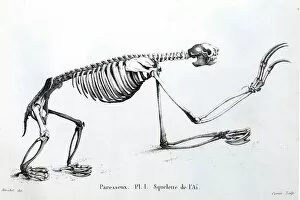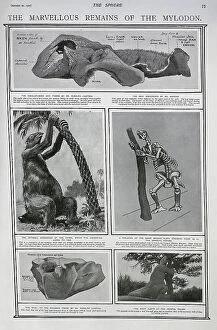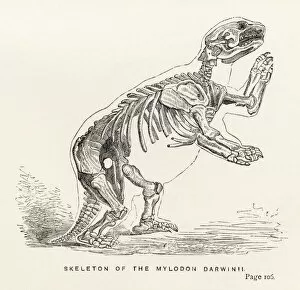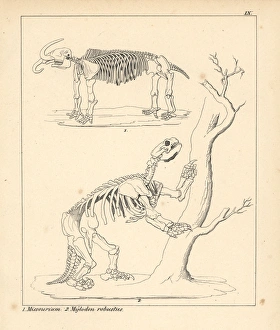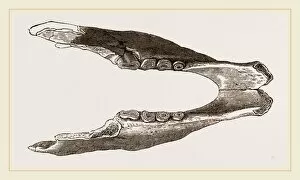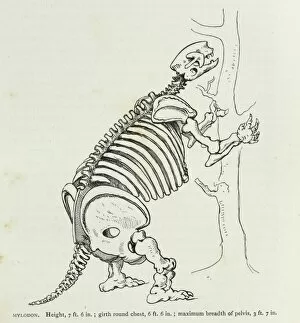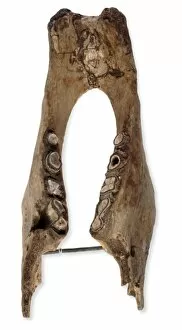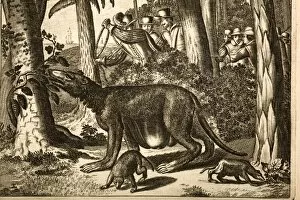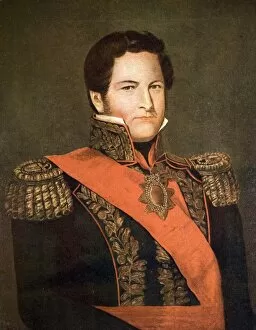Mylodon Collection
"The Mylodon: Unveiling the Mysteries of an Ancient Giant" Step back in time to 1812
All Professionally Made to Order for Quick Shipping
"The Mylodon: Unveiling the Mysteries of an Ancient Giant" Step back in time to 1812, when French naturalist Georges Cuvier discovered a remarkable sloth skeleton - the Mylodon. This ground sloth species left behind more than just bones; their coprolites, or fossilized droppings, offer fascinating insights into their diet and behavior. As we delve deeper into history, we encounter engravings depicting the Megatherium and its cousin, the mighty Mylodon. These prehistoric creatures roamed South America thousands of years ago, captivating our imagination with their massive size and unique adaptations. In 1885, artist Robert Taylor Pritchett beautifully captured the essence of the Mylodon Darwinii through his detailed illustration of its skeletal remains. This awe-inspiring image allows us to visualize this ancient giant that once walked our planet. But it doesn't stop there - Charles Darwin himself documented his encounters with these incredible creatures in his renowned book "Journal of Researches. " Published in 1890, Darwin's work includes vivid descriptions and illustrations showcasing a tooth from a Mylodon specimen he encountered during his voyage around the world. The lower jaw of a it also made its way into scientific records as researchers studied its intricate structure. The right branch reveals intriguing details about this creature's anatomy and offers valuable clues about its feeding habits. From tooth to bone fragments scattered across time, each discovery brings us closer to unraveling the mysteries surrounding this extraordinary creature. The American mastodon's skeleton stands alongside that of the Mylodon as another testament to Earth's rich paleontological heritage. Join us on this journey through time as we piece together fragments from history - exploring fossils, engravings, and scientific accounts that shed light on one of nature's most magnificent creations: The Mighty Mylodon.


